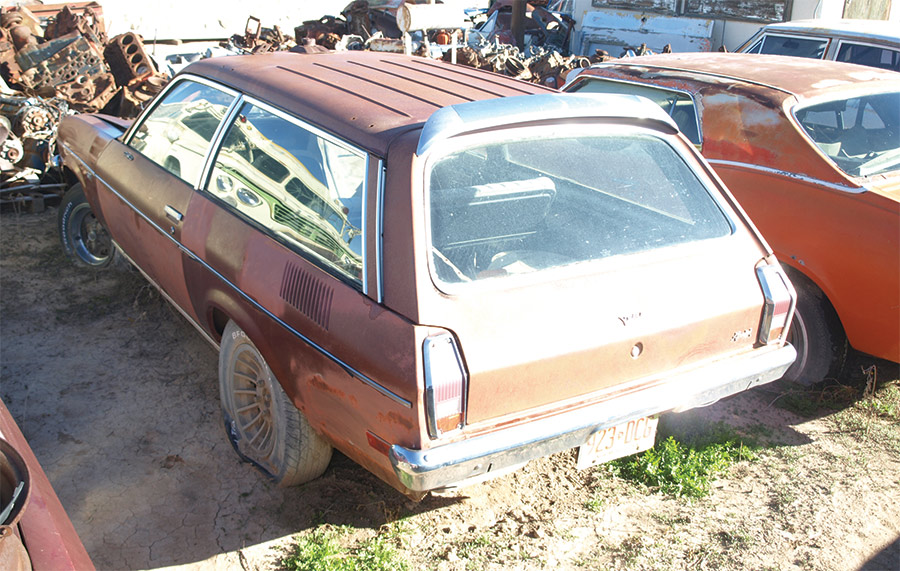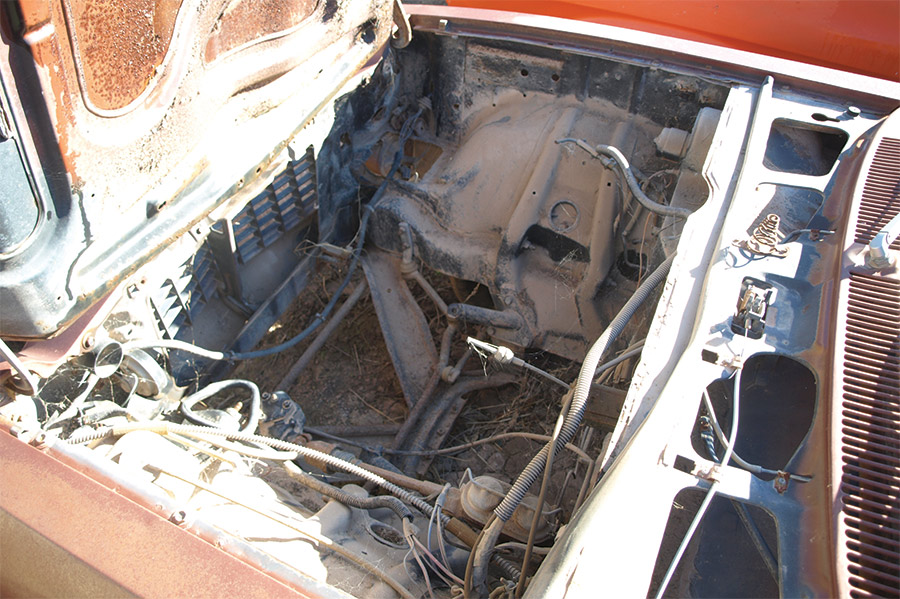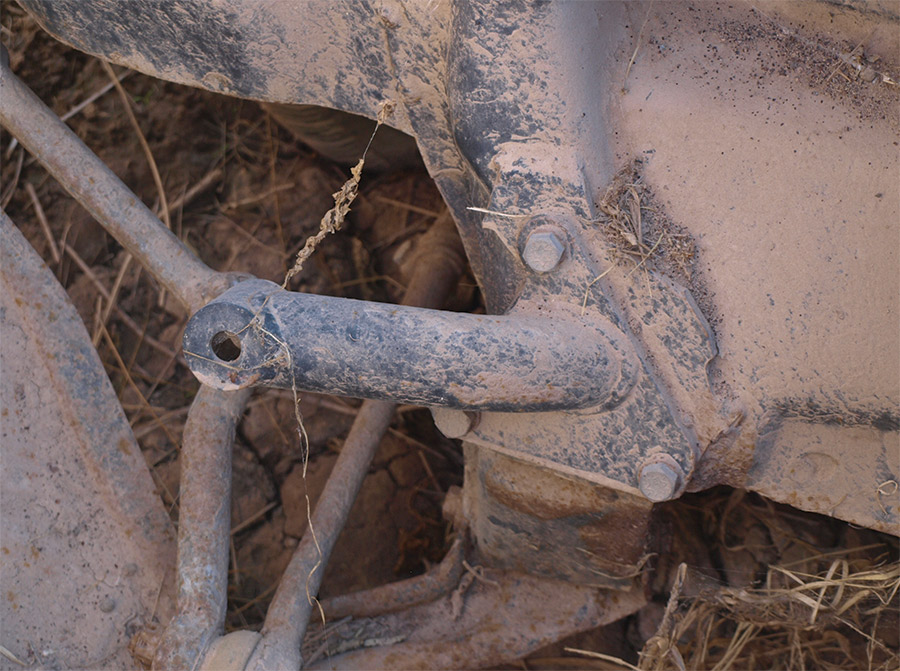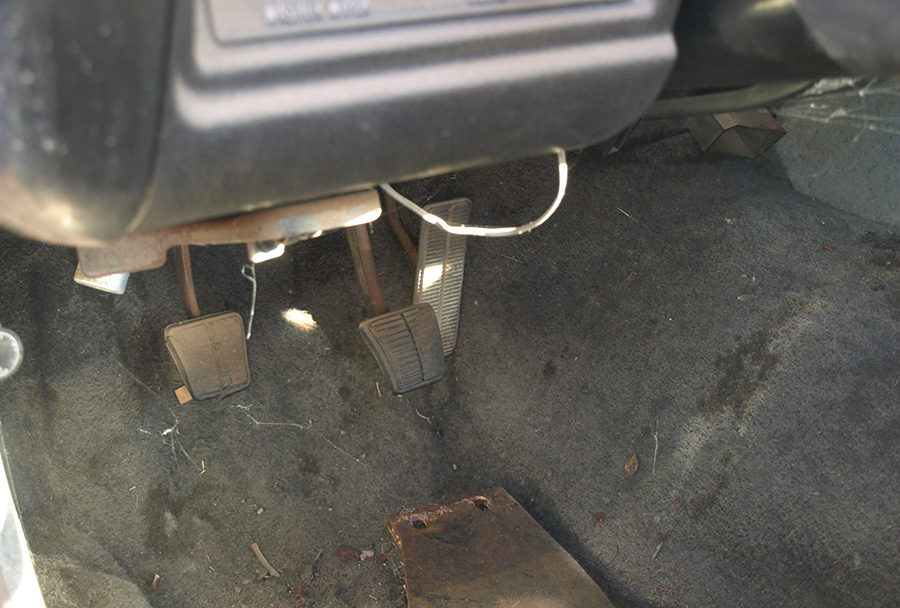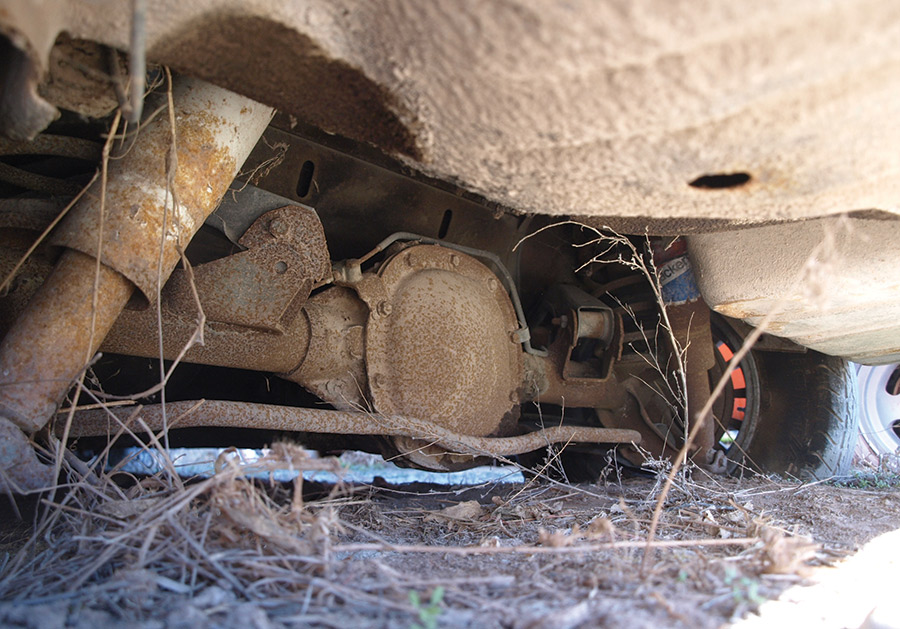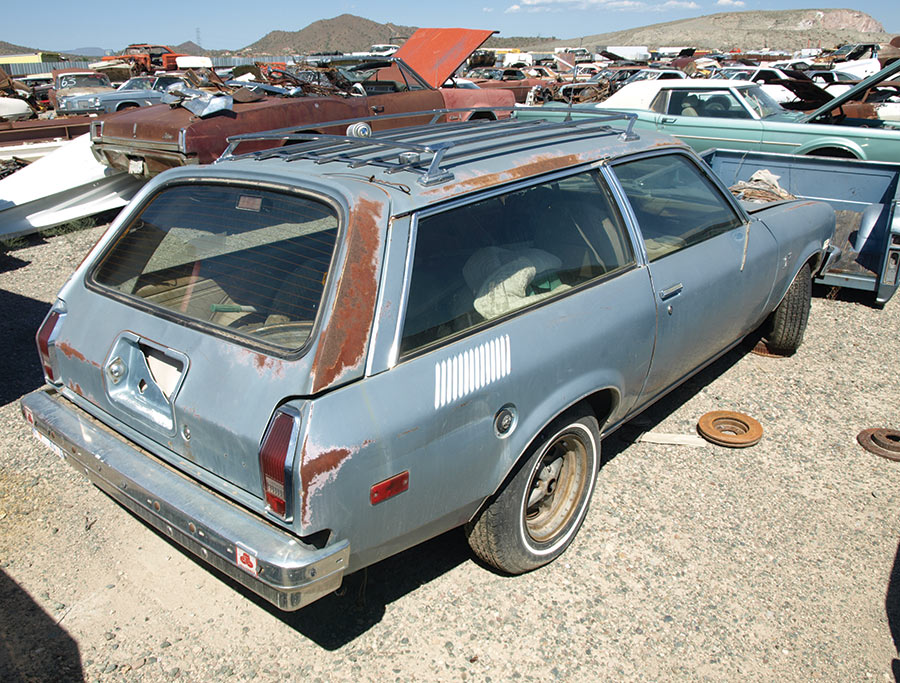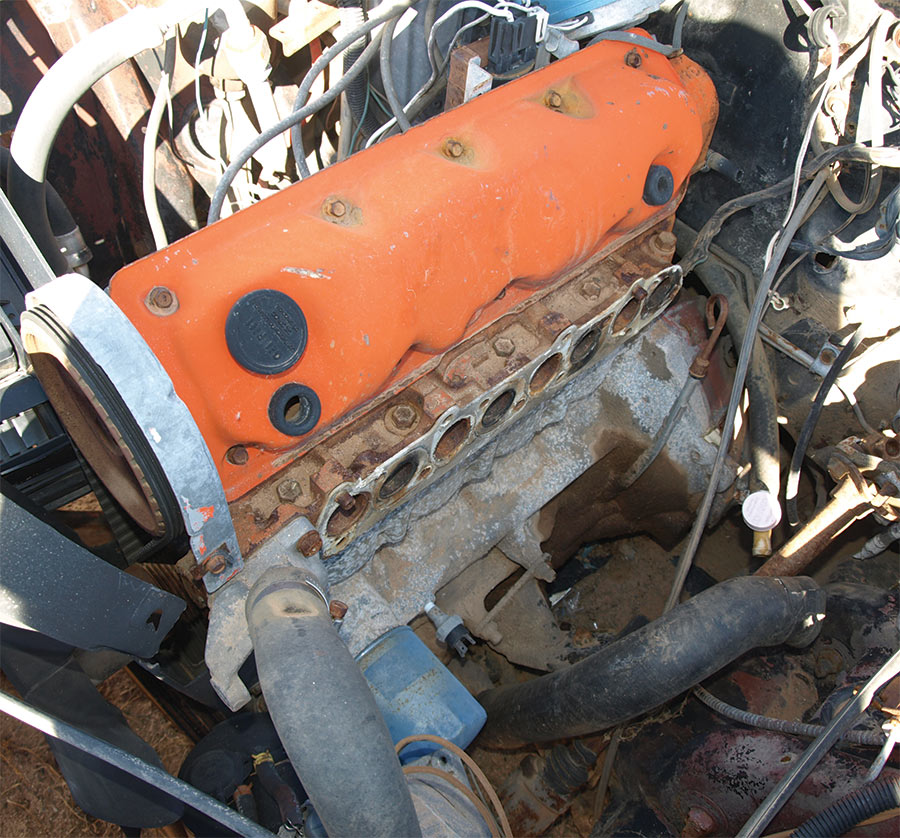 BOWTIE BONEYARD
BOWTIE BONEYARDInTheGarageMedia.com
Heartless V-8 Vega Discovered In New Mexico
BY Steve Magnante  Photography BY THE AUTHOR
Photography BY THE AUTHOR
 Photography BY THE AUTHOR
Photography BY THE AUTHORE
ver since the late, great Bill “Grumpy” Jenkins shocked his NHRA Pro Stock competitors with a home-brewed V-8 Vega in 1972, horsepower junkies have appreciated the Vega’s blend of mini-Camaro styling, low mass, and open-up-and-say-V-8 engine bay dimensions. In this installment of Bowtie Boneyard we’re in Santa Teresa, New Mexico, at Joe Duran’s Bow Tie Pro-Formance where we stumbled onto a very unassuming 1973 Vega station wagon with a special surprise. Let’s dig in!
